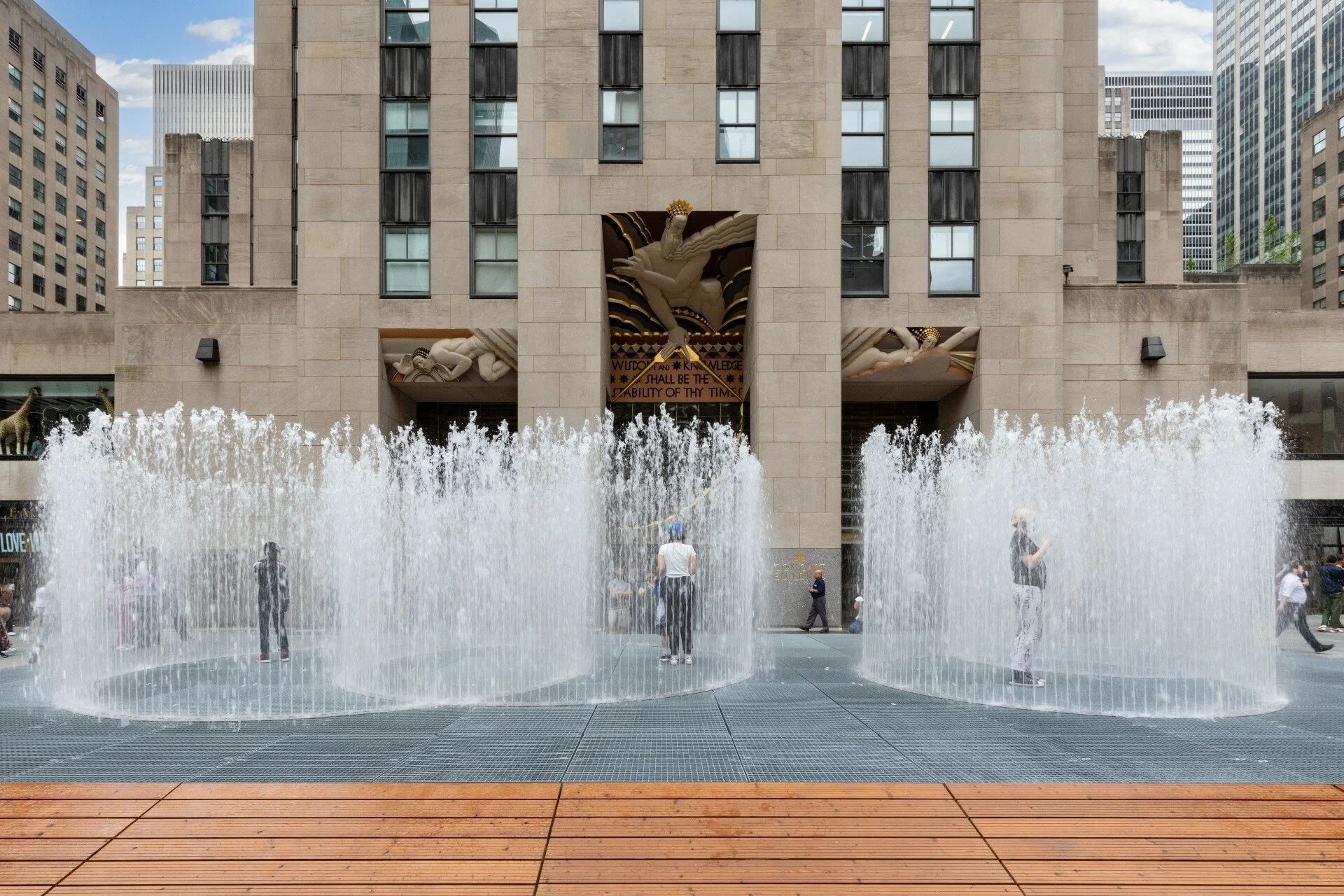Earth is getting hotter and climate change is to blame.
When you live in dense urban spaces like New York, the temperature is much worse.
Air conditioning is still a luxury for many people, even in the US and Canada. People trying to reduce their environmental footprint often choose to go without energy-sucking air conditioners, which raises city temperatures by pumping heat outdoors. And — hey: The power could go out during an ill-timed heatwave. This guide has tips on how to stay cool when it's incredibly hot and air conditioning is nowhere to be found.
Image courtesy | CDC
Signs of Heat Exhaustion and Heat Stroke
Whether you are indoors or out, the heat can sneak up on you if you aren't careful. Heat exhaustion is a culmination of overheating, dehydration, and other factors overloading the body's cooling system, which can cause a lot of problems. People in the grip of heat exhaustion can be combative and confused.
Heat exhaustion is common - people can easily get it from hiking trails, climbing routes, kayaking launch points. When that happens, it is best to sit down, sip cool water, and nibble on a salty snack.
Heatstroke is an escalation of heat exhaustion that goes on for too long. When a person has heatstroke, they become in serious danger and someone will need to act fast to save their life. Symptoms of a heat stroke are feeling hot, red skin, a rapid strong pulse, and extremely high body temperature (above 103 Fahrenheit). They are too mentally checked out to fight or argue about anything. They could also be unconscious, or so out of it that they may not accept any water or food. Sit them in the shade, apply cool soaked fabric through all four of the major artery areas — groin, armpits, and back of the neck and try to get medical help immediately.
TIPS TO PREVENT HEATSTROKE AND EXHAUSTION:
Moving air can drastically lower the perceived temperature if the heat index is below the high 90s. Above that point, blowing air won’t actually make you feel better, but could in fact make you feel worse. If you don't have a good fan, you should try at least get one. Even something as simple as this Vornado 630 works great for living rooms, bedrooms, and small offices.
Open some window(s). When you're inside a building or a car, it's best to open two windows to create a cross breeze effect. If you only have one window open, fresh air entering is going to collide with hot air exiting, and your room or space isn't going to get much cooler. With two open windows, the cooler outdoor air can enter more easily because the hot indoor air will be mostly exiting through the other window. You can also place a box fan near one of the open windows and facing outward so that it's blowing hot air out of your space.
Another trick is to use black-out curtains or thermal curtains for your room. Your home will be dark like a cave, but it will also be cooler. Even regular curtains allow more light in, which will reduce heat as long as they're room darkening or not sheer. It’s a case of thermodynamics in action — by never allowing hot sunlight into your space, and forcing whatever heat has made it in OUT, you can control the temperature in a natural, organic way.
For those who can handle the heat
during the day but MUST have a cool bed at night, check out this cool gadget from BedJet3.
It's pricey but if you're spending hundreds of dollars, you may want to give in and try this.















